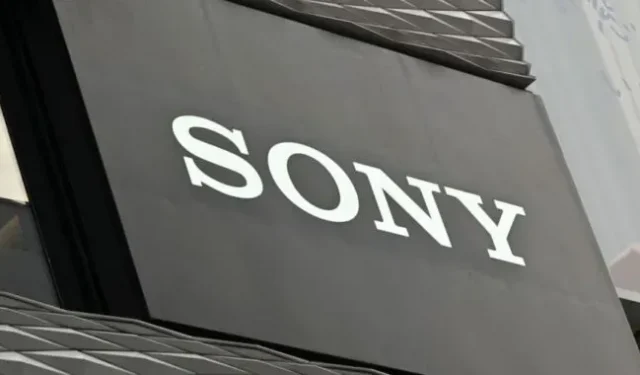Sony expects to supply image sensors to 15 of the world’s top 20 automakers by 2025, highlighting the company’s electric vehicle and autonomous driving ambitions as it attempts to expand beyond mobile phones.
The Japanese conglomerate announced its intention to accelerate its advancement in the automotive industry in 2020 when it unveiled a prototype electric vehicle called the Vision-S. This year, the company launched an electric vehicle division and announced a joint venture with Honda to produce vehicles.
Now, Sony has said it is aiming to supply sensors critical to electric and autonomous vehicles as it goes beyond making smartphone camera parts for Apple, Google and Samsung.
“We expect to be in the automotive imaging business with 75 percent of the world’s top 20 automakers by fiscal year 2025,” said Terushi Shimizu, head of Sony’s imaging and sensors division, at a two-day investor event that ended in Friday..
He added that 20 automakers will produce about 80 percent of the cars sold worldwide within three years. Sony plans to spend about 900 billion yen ($7 billion) on image sensor development between 2021 and 2023, nearly three times what it spent between 2015 and 2017.
One thorny issue is chip security, as the pandemic has slashed supply chains and drastically reduced company inventories.
Shimizu said that Sony has invested in a joint venture with Taiwan Semiconductor Manufacturing Company to build a $7 billion chip manufacturing plant in Japan and wants to deepen its cooperation to ensure a stable supply of logic semiconductors, which are used to control the operation of electronic devices.
Akira Minamikawa, a semiconductor analyst at Tokyo-based research firm Omdia, said Sony is making progress after stuttering at the beginning. “Sony had problems with the car at first, but they are catching up. There were problems with production capacity, but thanks to the connection with TSMC, they are being solved,” he added.
Sony also told investors that it will increase production of its PlayStation 5 console and continue to diversify into mobile and PC games.
The PlayStation 5 console was released in late 2020 and sold fewer units in its second year due to parts shortages caused by the pandemic. Analysts expect it to close that gap for its third year and surpass PS4 sales in 2024.
“We plan to significantly increase PS5 production this year, which will allow us to close the gap with PS4,” Jim Ryan, Game Director at Sony, said at a press briefing. He added that Sony plans “a further significant increase in console production, which will take us to production levels that we have never reached before.”
But Ryan said supply issues were his “top priority.”pointing to the risks associated with the COVID-19 lockdown in China and Russia’s invasion of Ukraine.
The company is still banking on an economic recovery from China, hoping PS5 sales will be driven in part by “unprecedented demand”in the world’s second-largest economy.
While console games are expected to make up more than two-thirds of releases this year, Sony aims to release nearly half of its new games for mobile or PC by 2025, Ryan said.
“During his presentation, Ryan dropped a few bombs,”said Tokyo-based gaming analyst Serkan Toto, adding that Sony’s move to mobile and PC games was “extremely aggressive”given the company’s modest footprint on those platforms.


